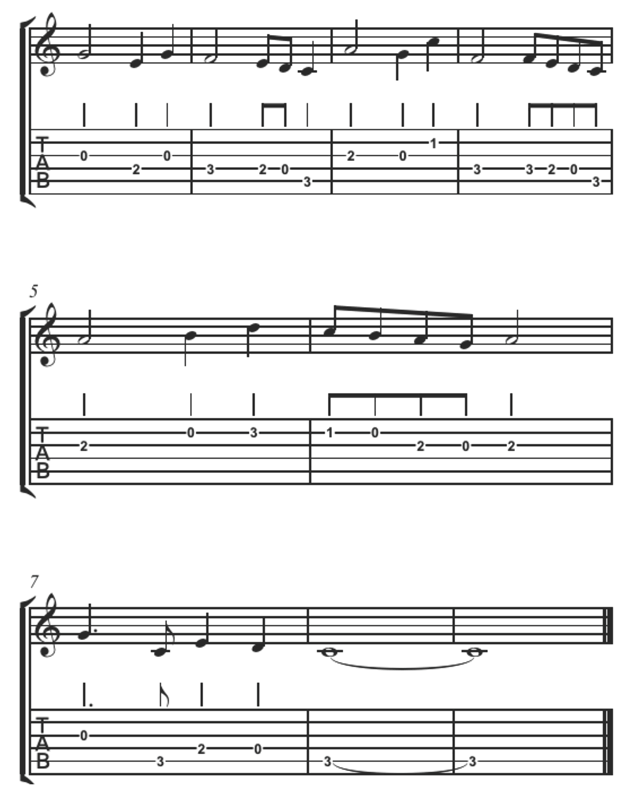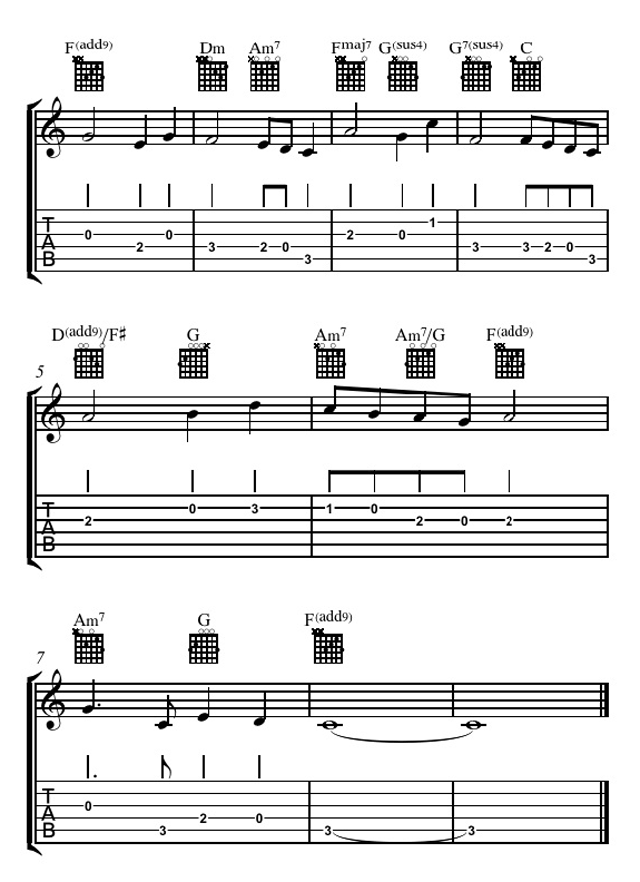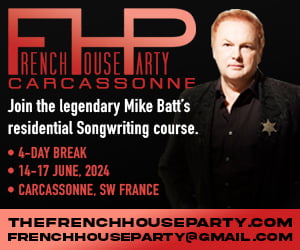James Linderman explains why plan B might be better than plan A as you decide the best melodies and chords for your song

![]() here is a military saying that states “a good plan will survive contact with the enemy”. By this, we can assume that a bad plan (or a lack of planning) may not withstand enemy fire. It then makes sense that a good idea should be built with a contingency. Every great plan A should have a very good plan B and perhaps even a plan C, D, and E that have some merit as well.
here is a military saying that states “a good plan will survive contact with the enemy”. By this, we can assume that a bad plan (or a lack of planning) may not withstand enemy fire. It then makes sense that a good idea should be built with a contingency. Every great plan A should have a very good plan B and perhaps even a plan C, D, and E that have some merit as well.
How does this relate to songwriting? Well, if we take a small simple piece of melody and harmonise it with stock chords we will often be quite satisfied with the first combination that works and is not discordant. This, to me, is an unchallenged plan A without a back up reserve of options.
It makes us wonder how many great melody and chord combinations do not, therefore, get discovered, not because we cannot find ones that work right away, but because we can. By finding a usable set of notes and chords, we consider that job to be done and start to look at the next songwriting obstacles. We will need to craft a worthy lyric, record a brilliant demo, pitch that wicked demo, work up a sweet live version with a super pithy opening monologue, script our Grammy acceptance speech, and on and on and on…
On the other hand, we also don’t want to find ourselves on an endless search for a better, and even better melodic/harmonic marriage and never move forward with our work. At plan X, Y or Z I think it is fair to say that this pursuit can no longer be called songwriting and is just an exercise in limitless re-harmonisation. At some point a song has to be formed from a system of reasonably final choices.
Let’s see if we can put this into practice. Here is a simple piece of melody (written in notation and in guitar tab) that we can now create a set of harmonic options for:

1. Example melody
The first and most obvious harmony might look like this:

2. Obvious harmony (plan A)
A slightly less obvious harmonisation might bring us to something more like this:

3. Less obvious harmony (plan B)
This second example would work nicely as my plan B but sounds more like a new plan A. It’s an idea that might never have emerged with the “first idea = best idea” approach.
We now challenge you to send us your plan C, D, E, etc for this little slice of melody. See this exercise as a collective pledge to see music differently and face the enemy of under-harmonised melodies with some more powerful weapons.
 James Linderman teaches guitar and piano and coaches songwriting over Skype to students all over the world from his studio in Newmarket, Ontario. Canada. James is an Ambassador to The Berklee College of Music’s online school and represents Berklee at music events and conferences. You can learn more at www.theharmonyhouse.ca or email James on jlinderman@berkleemusic.com
James Linderman teaches guitar and piano and coaches songwriting over Skype to students all over the world from his studio in Newmarket, Ontario. Canada. James is an Ambassador to The Berklee College of Music’s online school and represents Berklee at music events and conferences. You can learn more at www.theharmonyhouse.ca or email James on jlinderman@berkleemusic.com


































Related Articles